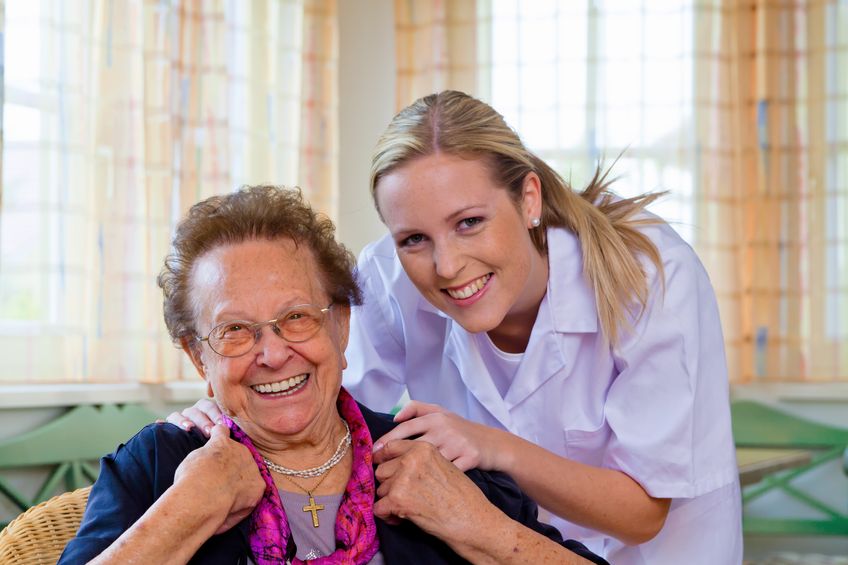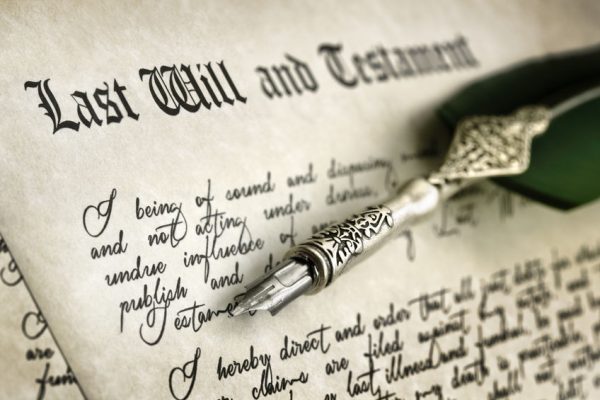In the current economic climate any extra financial assistance can help make ends meet. If you or someone you know is part of the baby boomer bubble that we so often hear about and is about to enter a rest home, that person may be able to get financial help from the government. In this blog I discuss the government funding available for elderly in need of care.
Residential Care Subsidy: what is it and who can get it?
The residential care subsidy offers financial help towards the cost of long-term residential care for people in rest homes and hospitals. The government is required by the Social Security Act 1964 and the Social Security (Long-term Residential Care) Regulations 2005 to give you financial help if you meet the following test:
- Be a New Zealand citizen or resident;
- Be aged 65+ or 50-64 and single with no dependent children;
- Have a needs assessment that shows you need ongoing, long-term residential care in a rest home or hospital;
- Have a financial means assessment that shows your assets are equal to or below the asset threshold and how much of your income will go towards your care costs; and
- Receive care from a rest home or hospital.
Step 1: have your needs assessed
The first step is to have your needs assessed. If you need long-term care in a hospital or rest home you can apply to have your finances assessed.
Step 2: have your finances assessed
The second step is to have your assets and income assessed. This assesses whether you qualify for financial help. Your application can be back-dated up to 90 days if your assets have been equal to or below the threshold since then.
Assessment of your assets
Your assets (minus your debts) must be equal to or below the threshold. If you are 65+ and single, or you have a spouse who is also in care, the threshold is $190,000. If you are 65+ and you have a spouse who is not in care (for example still living in the family home) you have a choice between two thresholds: $190,000 or $95,000 excluding the value of your home and car. If you are 50 to 64 and single with no dependent children your assets will not be assessed (but your income will be).
Your ‘assets’ are all the things that belong to you and your spouse. Included are the values of things that you have given away up to five years before applying, any money you will receive if you move out of a retirement village, and any income or property you have deprived yourself of on purpose. Exempt assets, allowable gifts and gifts given in recognition of care are not counted.
Exempt assets
The following assets are not included in an assessment of your assets :
- The value of the home where your spouse and/or dependent child lives and the car used by your spouse (except if you elect the threshold of $190,000);
- Pre-paid funerals for you and your spouse up to $10,000 each;
- Lump sum payments from ACC;
- KiwiSaver contributions;
- Household furniture and effects, personal belongings (eg clothing, jewellery), personal collectables, family treasures and taonga (eg art works, books, stamps, antiques); and
- Some compensation and good will payments.
Allowable gifts
Allowable gifts are not counted. You can give away up to $27,500 of real or personal property (eg money) in the five years before applying for the subsidy.
Gifts in recognition of care
If your gifts come to less than $27,500, you can also give someone a gift to thank them for caring for you. That gift must meet the following test:
- It is given within 12 months before your application; and
- Is given to someone who lived in the same house as you and cared for you for at least 12 months; and
- That person is not your spouse or dependent child; and
- The gift is not over $5,500 for each 12 months of care.
Assessment of your income
Your income is assessed when your assets are equal to or below the threshold. This decides the weekly amount that you must pay from your income towards the cost of your care.
Your ‘income’ is money (after tax) given to you and your spouse, for example, wages, benefits, 50% of any superannuation and life insurance allowances, clothing allowances and residential care subsidies.
This assessment does not include income from your assets of $879 each year for a single person, $1,758 for a couple with both in care or $2,636 for a couple with one partner in care; some compensation or good will payments; and any interest from pre-paid funerals for you and your spouse.
Assets and income can be clawed back
Sometimes assets and income can be ‘clawed back’ and included in the assessment. You risk losing your subsidy when you deprive yourself of income or property. You have deprived yourself if the following happens:
- You make a gift when the total of all gifts made in the last five years is more than $27,500. Getting rid of property for no cost or selling it for an amount less than its market value is treated as a gift.
- You do not make someone repay money they owe you.
- You invest money in something that does not give you income.
Assets owned by your family trust are not treated as being owned by you personally. That means gifts given and debts forgiven to your family trust may also be ‘clawed back’ and included in the assessment.
Outcome of your assessment
Those who meet the test for the residential care subsidy must pay the decided amount towards their care (minus a personal weekly allowance of $34.87) and the government will pay the rest. If you get the subsidy you will also get a yearly clothing allowance of $246.91.
Those who need care but do not meet the test for the subsidy must pay a set amount for their care. The government will pay the difference between that amount and the cost of the care. If you do not meet the test for the subsidy you may be able to get a residential care loan.
Residential care loan as a back-up
You can apply for a residential care loan when your assets are above the subsidy threshold and you meet the loan conditions.
This is an interest free loan to help pay for your care. It will be secured against your property. Your assets (other than your home) must be less than $15,000 for a single person and $30,000 for a couple.
The loan must be repaid six months after you die or when your home is sold. If you get the residential care loan you will also get a clothing allowance each year.
If, later on, you think your assets are getting close to the threshold, or your circumstances have changed, you can apply to be re-assessed. If your assets are equal to or below the threshold you will get the residential care subsidy. The loan balance will not be wiped and the loan repayment conditions will continue to apply.




Leave A Comment